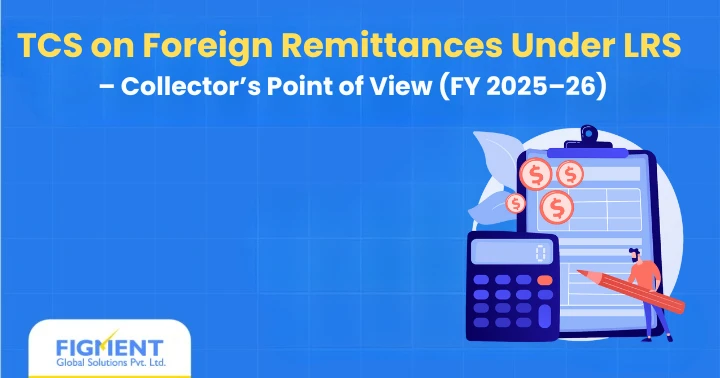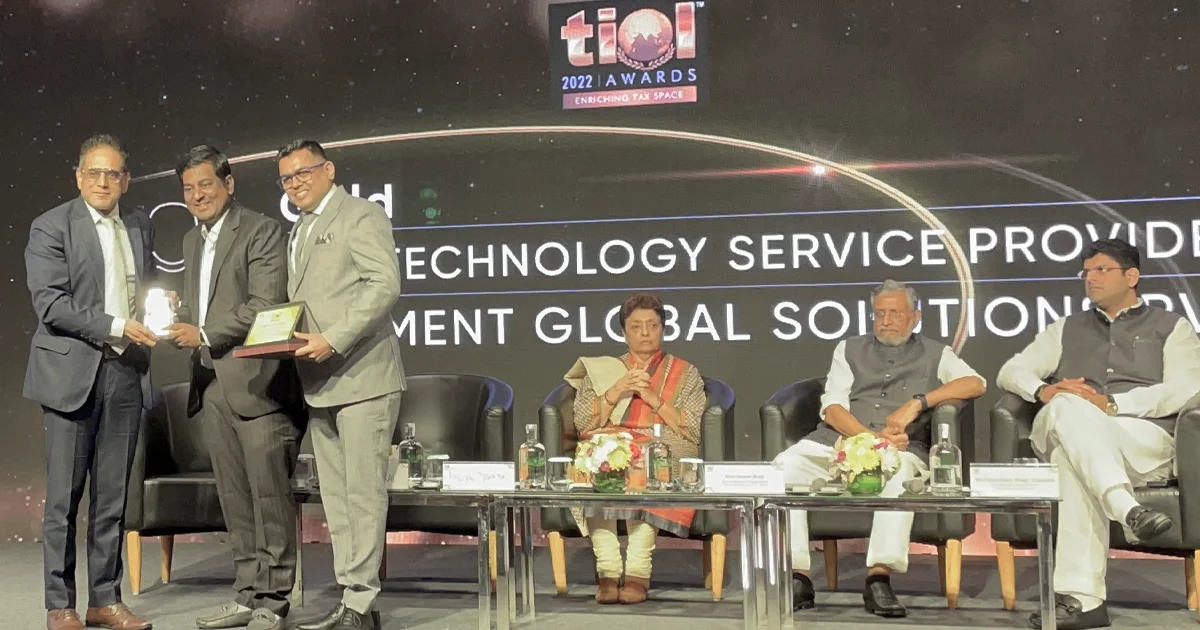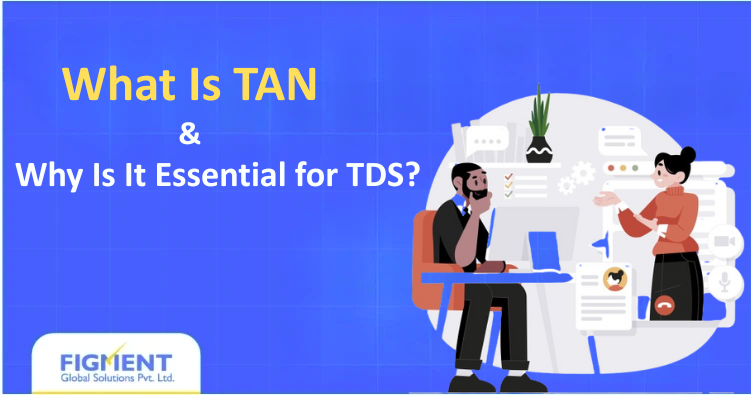1. Introduction
Under the Liberalised Remittance Scheme (LRS), resident individuals can remit up to USD 250,000 per financial year for purposes such as education, medical treatment, investments, travel, or gifts.
As per Section 206C(1G) of the Income Tax Act, banks and authorized dealers are required to collect Tax Collected at Source (TCS) on such foreign remittances. TCS is not an additional tax, but a tax collected in advance, which the customer can later adjust while filing their Income Tax Return (ITR).
As a collector, our role is to ensure accurate TCS deduction, correct classification of purpose codes, and proper reporting to the Income Tax Department.
2. Purpose Codes and TCS Applicability
TCS under LRS is determined based on the purpose of remittance and whether the amount exceeds ₹10 lakh in a financial year.
| Purpose Code | Nature of Remittance | Threshold (₹) | TCS Rate (FY 2025–26) |
| P | Remittance for education through a loan from a financial institution covered under Section 80E | — | 0% (Exempt) |
| T | Remittance for education (other than 80E loans) or for medical treatment | Above ₹10 lakh | 5% on the amount exceeding ₹10 lakh |
| Q | Remittance for all other purposes (travel, investment, gifts, etc.) | Above ₹10 lakh | 20% on the amount exceeding ₹10 lakh |
3. Key TCS Rules for FY 2025–26
- Threshold: ₹10 lakh per financial year per remitter.
- Education Loan under Section 80E: No TCS – fully exempt.
- Education (other than 80E loans) / Medical Remittance: 5% TCS on the amount exceeding ₹10 lakh.
- Other Remittances: 20% TCS on the amount exceeding ₹10 lakh.
- PAN is mandatory for TCS collection. If PAN is not available, the bank should not process the remittance.
4. Steps for Collectors (Banks / Authorized Dealers)
1. Verify Customer Details
Confirm PAN, purpose of remittance, and previous remittance totals in the same financial year.
2. Identify Purpose Code
Select P, T, or Q as per the remittance reason.
3. Calculate Threshold and TCS Amount
- Compute total remittance made during the year to determine if it crosses ₹10 lakh.
- Apply applicable rate only on the amount exceeding ₹10 lakh.
4. Collect and Report TCS
- Collect TCS at the time of remittance.
- Deposit the collected amount to the government within the due date.
- Report details in quarterly TCS Return (Form 27EQ).
5. Inform Customer
Clarify that TCS is adjustable in their income tax filing and will appear in Form 26AS / AIS.
5. Collector’s Practical Examples
Example 1 – Education Loan under Section 80E
- Amount remitted: ₹20,00,000
- Loan type: Education loan from financial institution (Section 80E)
- TCS: 0% (Exempt)
Example 2 – Education via Personal Loan / Medical Treatment
- Amount remitted: ₹15,00,000
- Excess over ₹10,00,000 = ₹5,00,000
- TCS @ 5% = ₹25,000
Example 3 – Investment Abroad / Travel / Gift
- Amount remitted: ₹20,00,000
- Excess over ₹10,00,000 = ₹10,00,000
- TCS @ 20% = ₹2,00,000
6. Collector’s Responsibilities
✅ Apply correct purpose code (P, T, or Q)
✅ Maintain record of cumulative remittances per customer
✅ Collect and deposit TCS within statutory deadlines
✅ Ensure accurate reporting in TCS returns (Form 27EQ)
✅ Provide customer awareness that TCS is claimable / refundable in ITR
7. Summary – Collector’s Quick Reference Table
| Remittance Type | Purpose Code | TCS Rate | Threshold (₹) | Collector Note |
| Education (Loan under Section 80E) | P | 0% | — | Exempt – No TCS required |
| Education (Other Loans) / Medical Treatment | T | 5% | Above ₹10 lakh | Apply only on excess |
| Other Purposes (Investment, Travel, Gift, etc.) | Q | 20% | Above ₹10 lakh | Apply only on excess |
8. Conclusion
For FY 2025–26, the TCS mechanism on foreign remittances under LRS is straightforward for collectors:
- 0% – Education loan under Section 80E
- 5% – Education (other than 80E loans) or Medical treatment (above ₹10 lakh)
- 20% – All other remittances (above ₹10 lakh)
Banks and authorized dealers must ensure correct classification, accurate computation, and timely reporting.
Proper compliance helps both the remitter, and the collector maintain transparency and meet their obligations under the Income Tax Act.







